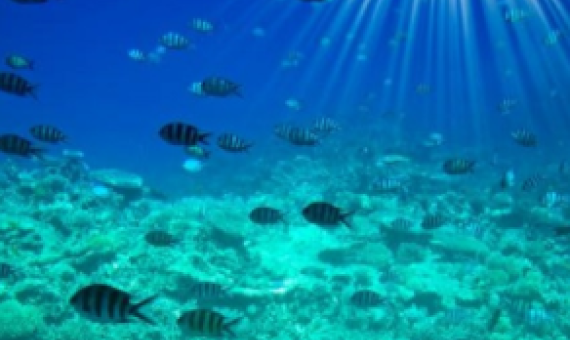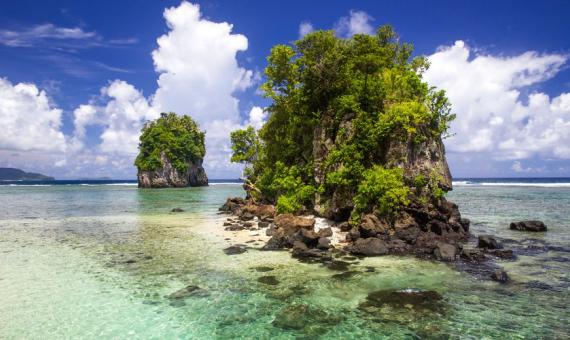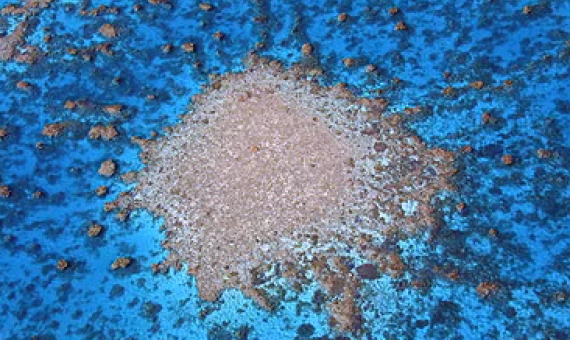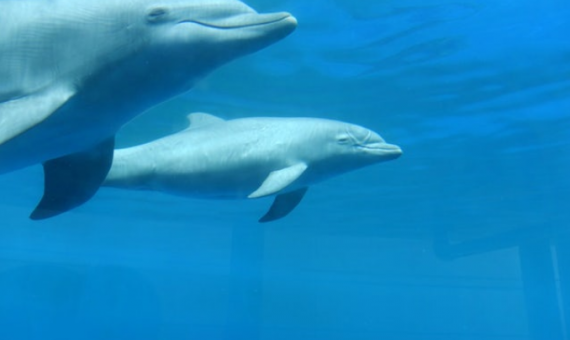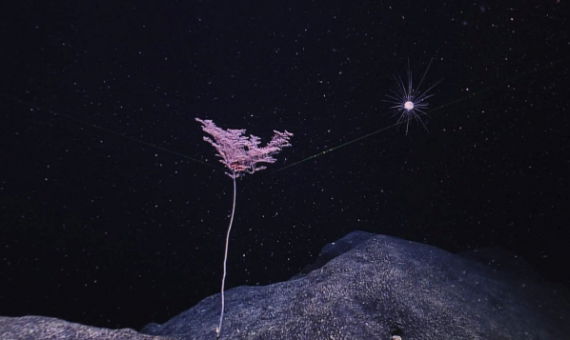The Fisheries Ministry is looking at declaring more marine protected areas around the country. The ministry’s Principal Fisheries Officer, Richard Veeran says some of Fiji’s wide range coastal fishery resources has become over-exploited over the years.
As human activities increasingly threaten biodiversity, areas devoid of intense human impacts are vital refugia. Click on the link below to access the full article.
The National Marine Fisheries Service (NMFS) announces approval of a marine conservation plan (MCP) for American Samoa. Click on the link below for further details.
The Pacific Island is home to one of the world’s most pristine coral reefs, boasting more than 9,300 marine species. Click on the link below to read the full article.
Two scientists say marine preserves should be designed with enough flexibility to extend protections to where animals migrate. Click on the link below to read the full article.
The Reimplementation of the Ra’ui: Coral Reef Management in Rarotonga, Cook Islands
This research focuses on coral reef health in the South Pacific region, an area of high global coral diversity. Coral reef health surrounding two study sites in Rarotonga, Cook Islands, has been assessed in areas that have not been previously surveyed. Each study site has distinct differences based upon marine management practices. Marine management practices are identified and described and some historical rea- sons as why they exist are discussed.
Ra’ui in the Cook Islands – today’s context in Rarotonga
Though I had heard the word ra’ui, until I started working in the environment field I was not sure of its meaning. As a consequence of my work, I started to learn more about ra’ui through reading and talking to other conservationists and elderly people. Only then did I begin to understand more about this traditional practice.
Seamounts are large underwater mountains found throughout the world’s oceans. Home to deep-sea corals, mollusks, crustaceans, and large schools of fish, they are often classified as biodiversity hot spots. Click on the link below to read the full article.
A new film, "New Caledonia: Mother of the Coral Sea," showcases the relationship that the people of New Caledonia, a French territory in the southwest Pacific Ocean, have with nature.Click on the link below to read the full article.
The National Fish and Wildlife Foundation (NFWF) today announced that its Papah"naumoku"kea Research and Conservation Fund will award a $900,000 grant to a collaborative team of researchers from the Bishop Museum and the University of Hawaii to conduct a research expedition planned for

